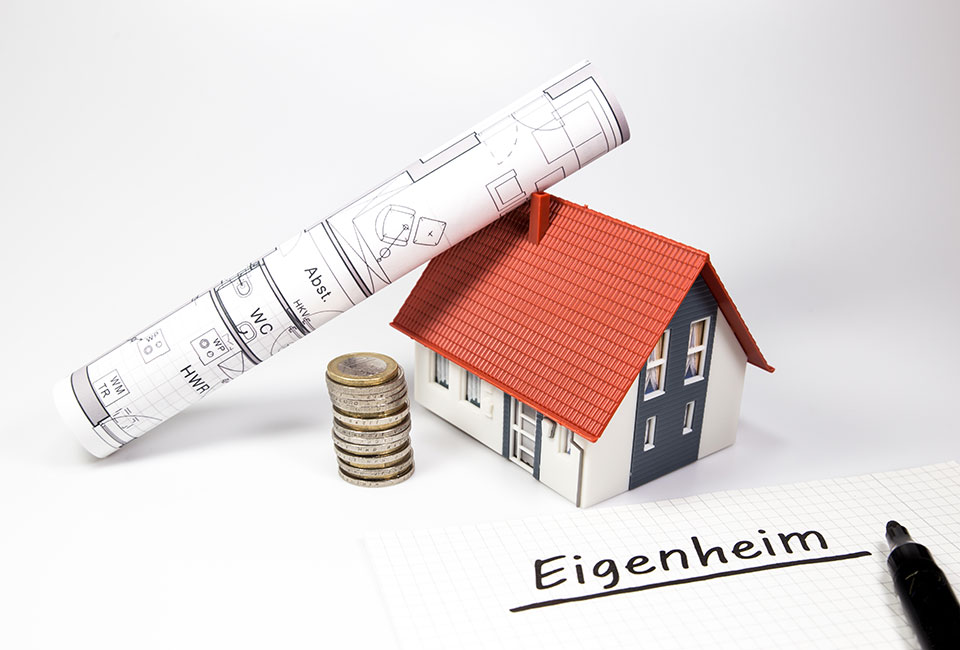Liberty News - The state is the silent winner of the real estate boom
Even after the abolition of the imputed rental value, the public sector continues to benefit greatly from real estate owners. Rising real estate prices are driving up government revenues from property gains tax and transfer duties.
The abolition of imputed rental value threatens the tax authorities with high tax losses in the current low interest rate environment. However, regardless of this tax reform, the public sector is generating substantial tax revenues from owners of domestic real estate. Thanks to property gains tax and various transfer duties, cantons and municipalities are directly involved in the increase in wealth of real estate owners. "High real estate prices, which have risen sharply in recent years, have significantly increased government revenues from real estate transaction taxes. At today's price levels, tax revenues of over CHF 100,000 on a home purchase transaction are no longer uncommon," notes Fredy Hasenmaile, chief economist at Raiffeisen Switzerland.
The revenue generated for municipalities and cantons by property transfers has therefore become increasingly important. In Switzerland, for example, per capita revenue from capital gains tax rose by almost 80% between 2012 and 2022, with the majority of this coming from property gains tax. The share of these tax revenues in total fiscal income is also growing steadily and already accounts for between 4% and 8% in two-thirds of the cantons, and even more in three cantons. "Given the persistently high price dynamics, these taxes will continue to gain in importance for the treasury in the coming years," explains Hasenmaile.
Major cantonal differences
Although government revenue from real estate transactions has become an indispensable part of the state budget in most cantons, cantonal taxation of real estate sales varies greatly. For example, not all cantons levy a transfer tax. There are also major differences in the calculation of the property gains tax due in each case. For a typical single-family home, a 30-year holding period, and a property gain of CHF 660,000, the average cantonal tax rate on this gain is 12.6% (CHF 83,000). However, the range for this example property extends from just 2% (CHF 13,000) in the canton of Geneva to 26% (CHF 170,000) in the canton of St. Gallen. "Although the same principles apply to the taxation of real estate gains throughout Switzerland, the cantons are clearly taking advantage of their considerable leeway in the specific design of their tax systems. The wide variety of methods used to calculate the profits made, the tax rates and the prescribed holding period discounts lead to very heterogeneous tax treatment of real estate sellers depending on the location of the property sold," states Fredy Hasenmaile.
The single-family home: a popular model on the way out
The abolition of the imputed rental value will make home ownership even more attractive. However, the incentives for buying a home are considerable, regardless of the tax reform that has been decided upon. Depending on the financing, prospective homeowners can currently save up to a third of their housing costs compared to renting. "Even after the tax reform, the high equity and affordability hurdles will remain high for the vast majority of Swiss households. This prevents many interested parties from realizing their purchase intentions, which is why we do not expect the abolition of the imputed rental value to lead to significant additional demand and strong price effects," explains Hasenmaile.
Nevertheless, price dynamics for residential property remain pronounced – especially for single-family homes, which are considered to be a dying breed. Building regulations, which have been revised in many places in recent years, mostly provide for significantly higher utilization rates and allow the construction of apartment buildings where only single-family homes could previously be built. As a result, fewer and fewer new single-family homes are being built, not least for reasons of return on investment. The severe shortage and strong demand, which is accentuated by competition for use from multi-family homes, are causing prices for single-family homes to continue to rise sharply.
Despite a favorable market environment, there is a lack of construction momentum
The high relative attractiveness of real estate investments in the low interest rate environment is once again causing significantly more capital to flow into the real estate market. Capital flows are already greater than during the "investment crisis" in the final years of the negative interest rate era. "Unfortunately, the strong inflow of capital is not leading to the urgently needed expansion of residential construction activity. Instead, given the spatial planning framework conditions, the investments are almost entirely being absorbed by price increases for existing properties," Hasenmaile notes.
The noticeable decline in the number of apartments in new building applications is also dampening recent hopes for an easing of the vacancy rates, which have been falling for years, and sharply rising asking rents. "Only the cyclically lower immigration is currently preventing an even greater accentuation of the prevailing housing shortage. The current slight easing of the shortage dynamic obscures the structural problems that still exist and threatens to delay their solution. Even with lower immigration levels, a construction offensive remains urgently necessary in order to alleviate the shortage in the long term and stop the widespread rise in rents," says Hasenmaile.
